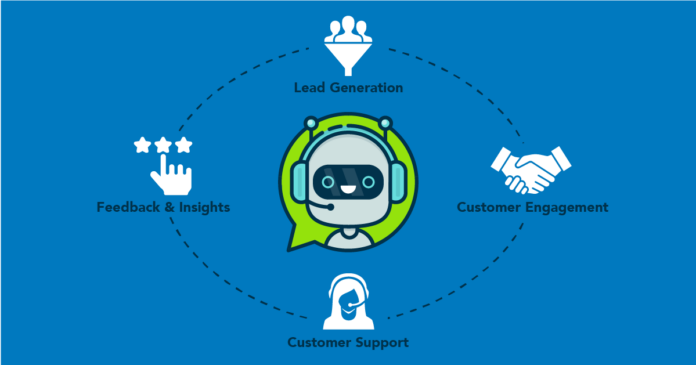It is possible to trace the roots of chatbots back to the ’60s. Inside the MIT Artificial Intelligence Laboratory, Joseph Weinbaum developed ELIZA, the chatbot. It used simulations and gave users answers and open-ended questions. This Natural Language Processing (NLP) based chatbot has created an illusion of being human for a long time.
With more human-machine interaction happening, we are now in a digital age. The journey from rule-based chatbots to conversational chatbots powered by AI helped to enhance industries and their user experience. Chatbots are a time-saving, cost-effective tool with full ROI, used to extract the best possible business solutions.
Chatbots are also an integral part of communications with consumers and HR management. To communicate with users via a chat interface, chatbots use natural language processing programs and machine learning. They consider the needs of the end-user and direct them towards a positive result. Artificial intelligence and machine learning are used by AI-driven chatbots to analyze a term rather than relying on keywords. This lets them draw lessons from the actions of customers and behave accordingly.
Industries are struggling to develop their position in the market these days. With changing consumer dynamics, they plan to enhance customer experiences consistently. Chatbots help to improve engagement with consumers and evaluate industry dynamics. Bots pick up the repeated questions and have an answer with fewer mistakes in real-time.
Insecurities are faced by chatbots and AI. For a long time, a perception that they will decrease employment and replace individuals has loomed over. Humans are irreplaceable and innovations such as AI work to maximize business results alongside humans. Mundane and repetitive activities that require less expertise are taken up by chatbots. This lets individuals spend their time and resources on more skill-based assignments. There are cost-effective and time-saving chatbots. A room for increased innovation and productivity will be developed.
The fact is, it can co-exist with chatbots and mobile apps. There are various characteristics of chatbots and applications. A visual interface is provided by mobile apps, while chatbots are typically conversational. Messenger systems like Slack are used by chatbots, while apps require storage space. They are different and complement one another.
Chatbots’ features are not limited to client services. To boost revenue and identify patterns, they analyze data and extract insights. Chatbots are used to arrange meetings, risk prediction, cybersecurity enhancement, etc. In the area of education, where chatbots can be used as virtual tutors, their capabilities are explored. In several sectors, such as finance, marketing, banking, customer care, and education, chatbots can be used.
For any company, customer service is the key to control. To have the best performance, chatbots with conversational AI make maximum use of the technology. Apart from textual conversations, Communication AI incorporates voice-based interactions. They make interactivity and instant response to a personalized experience. Conversational AI lets users believe that a human and not a computer are communicating with them. To provide the best solutions, the AI algorithms understand the context, location, and framework of the user.
In a short period, the two-way intuitive conversation engages the users and offers correct answers. As the end-user is holistically interpreted by conversational AI, it becomes easier to understand customers and enhance business strategies according to market trends.
Follow and connect with us on Facebook, Linkedin & Twitter

